Chestnut-backed Chickadee
A species of Chickadees and allies Scientific name : Poecile rufescens Genus : Chickadees and allies
Chestnut-backed Chickadee, A species of Chickadees and allies
Botanical name: Poecile rufescens
Genus: Chickadees and allies
Content
Description People often ask General Info
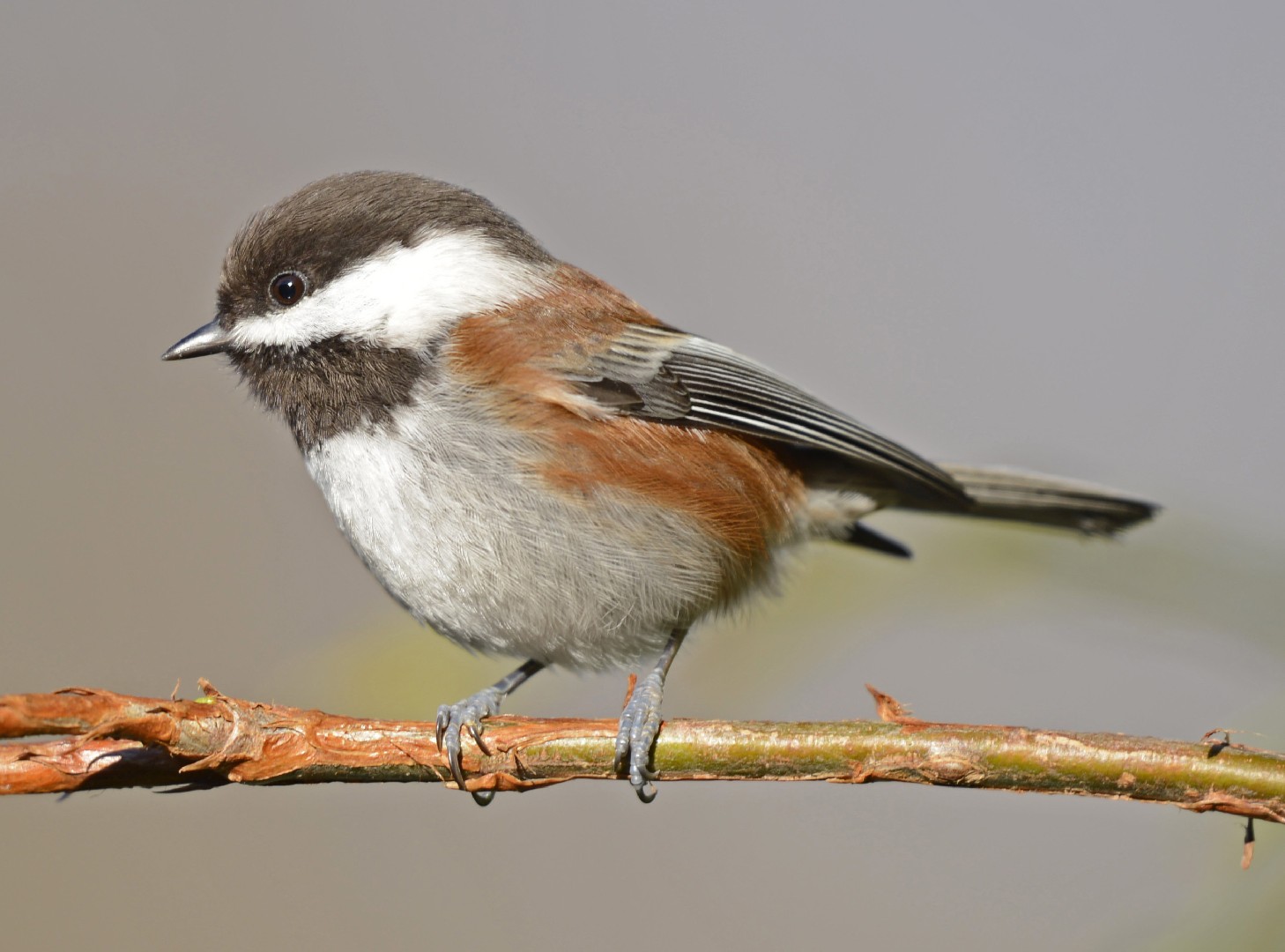 Photo By VJAnderson , used under CC-BY-SA-4.0 /Cropped and compressed from original
Photo By VJAnderson , used under CC-BY-SA-4.0 /Cropped and compressed from original Description
The smallest and the most colorful of all chickadees, this active and noisy songbird blends very well into the coniferous and mixed forests it inhabits. Although it sometimes can be seen in urban areas, the chestnut-backed Chickadee is a true woodland bird. It builds its nest using hairs of animals such as deer, rabbits, coyotes, skunks, and similar. Although not a true migratory species, it does move around in search of food.
Size
12 cm
Life Expectancy
9.5 years
Nest Placement
Cavity
Clutch Size
1 - 11 eggs
Incubation Period
1 - 2 broods
Number of Broods
12 - 18 days
Nestling Period
18 - 21 days
Feeding Habits
Chestnut-backed Chickadee primarily consume insects and arthropods, such as spiders, caterpillars, leafhoppers, scale insects, wasps, and aphids, which constitute about 65% of their diet. Their young are mainly fed caterpillars and wasp larvae. Seeds, berries, and fruit pulp supplement their diet to a lesser extent.
Habitat
Chestnut-backed Chickadee predominantly inhabit moist, dense coniferous forests along the Pacific Coast, thriving in environments rich with Douglas-firs, pines, firs, incense-cedar, and iconic redwoods. These birds are also found in deciduous woodlands, favoring willow and alder stands near water, as well as eucalyptus groves and madrone-occupied clearings. Chestnut-backed Chickadee can adapt to live on the fringes of oak woodlands. They thrive from sea level to the mountains, and readily visit backyard feeders in areas replete with trees and shrubs, including urban and suburban settings.
Nest Behavior
Males initiate nest site selection but females choose final sites and accept nest materials from males. Chestnut-backed Chickadee females build nests solo, often using incense cedar bark and various fur types for insulation. Nest construction lasts 7-8 days. Females cover eggs with a fur flap when absent. The species exhibits extensive parental care.
Nest Characteristics
Chestnut-backed Chickadee's nests are typically found in holes within rotted trees, stumps, or posts, occasionally using old woodpecker cavities, situated 1-12 feet above the ground. They may also utilize nest boxes. The nests comprise a moss and bark foundation, topped with a layer of animal fur, grass, feathers, and sometimes textiles. Size varies, but they can stand between 1 to 6 inches tall.
Dite type
Insectivorous
People often ask
General Info
Feeding Habits
Bird food type

Black Oil Sunflower Seeds

Hulled Sunflower Seeds

Safflower
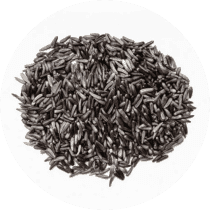
Nyjer

Suet
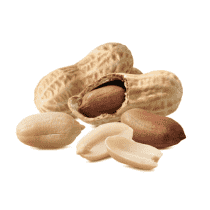
Peanuts
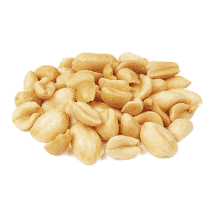
Peanut Hearts

Mealworms
Bird Feeder Type
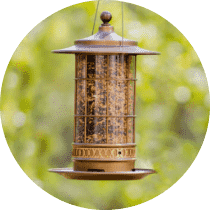
Large Tube Feeder

Small Tube Feeder
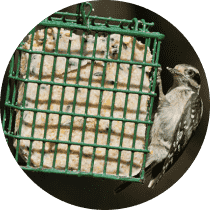
Suet Cage

Large Hopper

Small Hopper

Platform
Sounds
Call
Recording location: United States
Behavior
Chestnut-backed Chickadee exhibit agility as they maneuver through trees and shrubs from the lower branches upwards, foraging for insects and seeds with occasional hovering or flycatcher-like dashes. These birds may partner up for varying durations, rarely exceeding four years, and are known for their mixed-species flocking behavior in winter, often alongside Mountain chickadees and others. Their flight pattern is characterized by subtle undulations, typical of their kind.
Species Status
Not globally threatened.
Scientific Classification
Phylum
Chordates Class
Birds Order
Perching birds Family
Tits Genus
Chickadees and allies Species
Chestnut-backed Chickadee